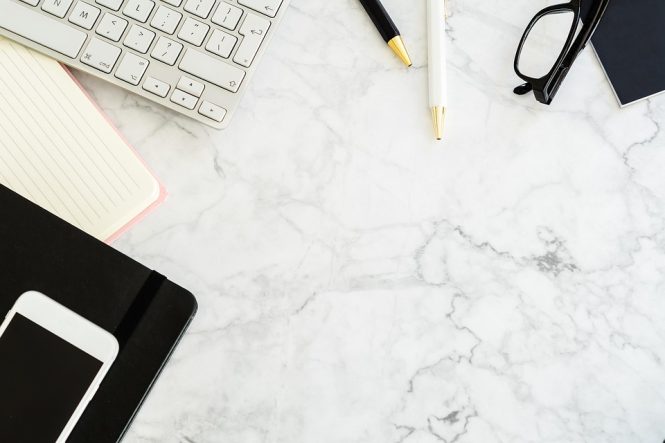
The Psychology of Office Layout: How to Boost Productivity and Morale
The modern workplace is a complex ecosystem where employees spend a significant amount of their time. As such, the physical layout of an office can have a profound impact on the productivity, morale, and overall well-being of its occupants. In recent years, there has been a growing recognition of the importance of office design in promoting a healthy and efficient work environment. In this article, we will delve into the psychology of office layout and explore how to optimize the design of your workspace to boost productivity and morale.
The Impact of Office Layout on Employee Behavior
Research has shown that the physical environment of an office can influence employee behavior, attitudes, and performance. A well-designed office layout can foster collaboration, creativity, and innovation, while a poorly designed one can lead to distractions, stress, and decreased productivity. The way an office is laid out can also affect the way employees interact with each other, with some layouts promoting social interaction and others encouraging isolation.
Key Principles of Office Layout Design
So, what makes an office layout effective? Here are some key principles to consider:
- Natural Light: Natural light is essential for both physical and mental health. Offices with plenty of natural light tend to have happier and more productive employees.
- Flexibility: A flexible office layout can accommodate different work styles and preferences, allowing employees to choose how and where they work.
- Collaboration: Open-plan offices and collaborative spaces can foster teamwork and communication among employees.
- Quiet Spaces: Quiet spaces or private offices can provide employees with a place to focus and concentrate without distractions.
- Ergonomics: An ergonomic office layout can reduce the risk of injury and discomfort, promoting employee well-being and productivity.
The Benefits of a Well-Designed Office Layout
A well-designed office layout can have numerous benefits for employees and employers alike. Some of the most significant advantages include:
- Increased Productivity: A well-designed office layout can help employees stay focused and motivated, leading to increased productivity and efficiency.
- Improved Morale: A comfortable and welcoming office environment can boost employee morale, reducing stress and absenteeism.
- Enhanced Collaboration: A collaborative office layout can foster teamwork and innovation, leading to better communication and problem-solving.
- Reduced Turnover: A well-designed office layout can contribute to a positive work culture, reducing employee turnover and improving job satisfaction.
- Cost Savings: A well-designed office layout can also lead to cost savings, as employees are more likely to be efficient and productive, reducing the need for overtime and other expenses.
Designing an Office Layout for Success
So, how can you design an office layout that promotes productivity and morale? Here are some tips to get you started:
- Conduct an Employee Survey: Understand the needs and preferences of your employees to inform your office design decisions.
- Consider Flexible Work Arrangements: Offer flexible work arrangements, such as telecommuting or flexible hours, to accommodate different work styles and preferences.
- Incorporate Biophilic Design: Incorporate natural elements, such as plants and natural materials, into your office design to promote well-being and productivity.
- Use Color Psychology: Use color psychology to create a welcoming and stimulating environment, with different colors promoting different emotions and behaviors.
- Invest in Ergonomic Furniture: Invest in ergonomic furniture and equipment to reduce the risk of injury and discomfort, promoting employee well-being and productivity.
Conclusion
The psychology of office layout is a complex and multifaceted field, and there is no one-size-fits-all solution for designing an effective office environment. However, by understanding the key principles of office layout design and incorporating elements such as natural light, flexibility, collaboration, quiet spaces, and ergonomics, you can create a workspace that promotes productivity, morale, and overall well-being. Remember to conduct an employee survey, consider flexible work arrangements, incorporate biophilic design, use color psychology, and invest in ergonomic furniture to create an office layout that supports the success and happiness of your employees.